<h1>Remnant 2 PC Review: A Smart, No-Nonsense Take for PC Gaming Enthusiasts</h1><p><em>Remnant 2</em>, the highly anticipated sequel to <em>Remnant: From the Ashes</em>, is finally here.

Remnant 2, the highly anticipated sequel to Remnant: From the Ashes, is finally here. Gunfire Games has taken the core formula of the original – a blend of Soulslike combat, challenging boss fights, and procedurally generated worlds – and amplified it in almost every way. But does this ambitious sequel stick the landing? As a seasoned PC gamer with a penchant for dissecting game design and performance, let's dive into the nitty-gritty and see if Remnant 2 is worth your time and hard-earned cash.
Gameplay and Mechanics: Archetypes and Customization
Remnant 2 truly shines with its Archetype system, a more robust and engaging take on character classes. This system allows for deep customization and encourages experimentation in building your ideal character. Unlike many games that pigeonhole you into a specific role, Remnant 2 allows you to dual-class, combining the benefits of two Archetypes for even more potent builds. I've spent countless hours tinkering, and I'm still discovering new and exciting combinations.
Let's take a closer look at two standout Archetypes: the Gunslinger and the Handler.
The Gunslinger: A Damage-Dealing Powerhouse
The Gunslinger is all about unleashing devastating firepower. This Archetype thrives in the thick of combat, mowing down enemies with relentless precision. Its primary skill, Quickdraw, is a testament to this, allowing you to rapidly fire your sidearm with increased damage and reload speed. The Gunslinger is a high-risk, high-reward class, demanding precise aim and quick reflexes.
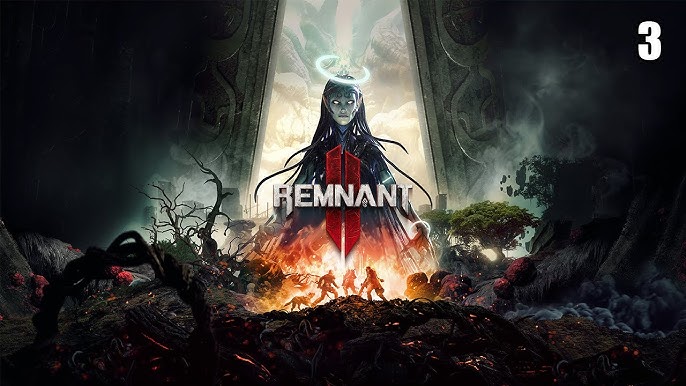
For solo players, the Gunslinger offers incredible damage output, making quick work of even the toughest enemies. In co-op, a Gunslinger can act as a primary damage dealer, clearing hordes of enemies and focusing down bosses. The skills and perks synergize well with a variety of weapons, encouraging you to find what fits your playstyle.
The Handler: Loyal Support and Tactical Advantage
In stark contrast to the Gunslinger, the Handler focuses on support and tactical advantage. This Archetype comes equipped with a loyal canine companion that provides invaluable assistance in combat. The dog can be commanded to attack enemies, draw aggro, and even revive you when you're down.
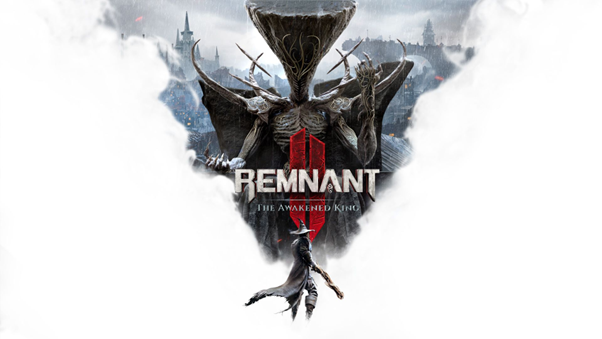
The Handler excels in both solo and co-op play. Solo, the dog provides much-needed distraction and support, allowing you to focus on dealing damage. In co-op, the Handler can act as a dedicated support role, keeping teammates alive and providing tactical advantages on the battlefield. The Handler’s Prime Perk allows the Handler and all allies within 10m to recover 7.5% of their Max Health over 5s.
The Archetype system, exemplified by classes like the Gunslinger and Handler, is a clear win for Remnant 2. It fosters experimentation, creates diverse playstyles, and significantly boosts the game's replayability.
Narrative: Procedural Generation and Storytelling
One of the most significant aspects of Remnant 2 is its procedural generation. Each playthrough offers a different world layout, enemy placement, and even storylines. This approach has both advantages and disadvantages when it comes to narrative coherence.
On one hand, procedural generation ensures that no two playthroughs are exactly alike, keeping the experience fresh and exciting. Discovering new areas, encountering different bosses, and uncovering unique lore fragments adds a layer of mystery and intrigue to each run.
On the other hand, the randomized nature of the world can sometimes lead to narrative inconsistencies. Storylines may feel disjointed, and the overall flow of the game can be disrupted by unexpected shifts in environment or enemy type. Despite these challenges, Remnant 2 largely succeeds in creating a cohesive narrative. The core story remains consistent, and the various storylines within each world are well-written and engaging.
Specific encounters and storylines exemplify the strengths and weaknesses of this approach. For example, the Losomn world, with its duality between the Dran and Fae, offers a fascinating and complex narrative that unfolds differently depending on the specific areas you encounter. However, the transitions between these areas can sometimes feel abrupt, disrupting the overall flow of the story.
Graphics: A Visual Feast Across Diverse Worlds
Remnant 2 is a visually stunning game, showcasing impressive art direction and environmental storytelling across its diverse worlds. Each world has a distinct visual identity, creating a memorable and immersive experience.
Yaesha: Lush and Overgrown
Yaesha is a visual masterpiece, with its lush, overgrown environments and intricate ancient architecture. God-ray lighting filters through dense foliage, creating a sense of mystery and wonder. The texture quality is superb, and the attention to detail is evident in every aspect of the environment.
N'Erud: Sterile and Decaying
N'Erud offers a stark contrast to Yaesha, with its sterile, technologically advanced environments. The world is filled with decaying structures and a cold, bluish color palette, creating a sense of desolation and despair. The juxtaposition of advanced technology and decay is particularly striking, highlighting the fragility of civilization.
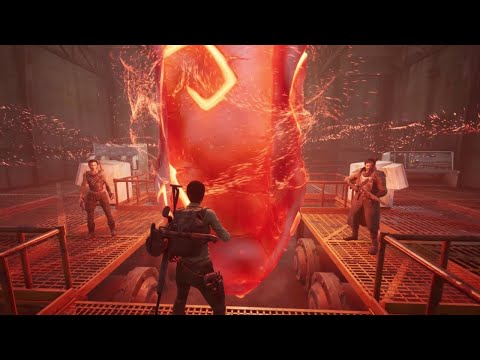
Losomn: Duality of Dran and Fae
Losomn is perhaps the most visually striking world in Remnant 2, showcasing the duality of the Dran and Fae. The Dran environments are grimy and industrial, reminiscent of Victorian-era gothic architecture. In contrast, the Fae environments are opulent and dreamlike, filled with fairytale extravagance. The contrast between these two aesthetics is breathtaking, creating a truly unique and memorable experience.
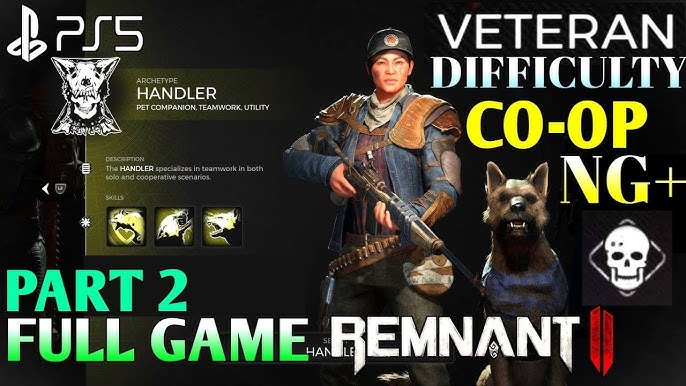
PC Performance: Ryzen 7000 Series Analysis
Now, let's address the elephant in the room: PC performance. I tested Remnant 2 on a system equipped with an AMD Ryzen 7950X3D CPU and an RTX 4090. While the game generally runs well, I did encounter some performance issues, particularly at higher resolutions.
At 1080p and 1440p, the game performed admirably, maintaining a consistent 120+ FPS with maxed-out settings. However, at 4K, I experienced noticeable frame drops and stuttering, especially in densely populated areas. CPU utilization was consistently high, indicating that the game is CPU-bound in certain scenarios.
Optimization could certainly be improved. Lowering settings like shadows and global illumination yielded the most significant performance gains without drastically impacting visual fidelity. Hopefully, future patches will address these performance issues and better utilize modern PC hardware.
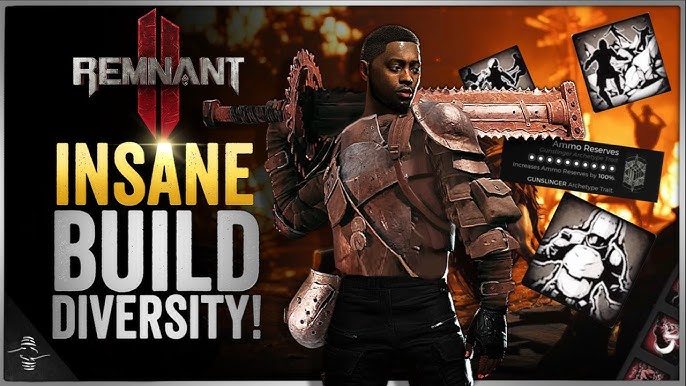
Overall Experience: Co-op, Replayability, and Long-Term Appeal
Remnant 2 truly shines as a co-op experience. Playing with friends elevates the game to another level, allowing for coordinated strategies and shared triumphs. The difficulty is well-balanced, providing a challenge without feeling unfair.
Compared to games like Dark Souls and Monster Hunter, Remnant 2 offers a more accessible and forgiving co-op experience. While teamwork is still essential, the game doesn't punish you as harshly for mistakes. Progression is also more streamlined, making it easier to jump in and play with friends of varying skill levels.
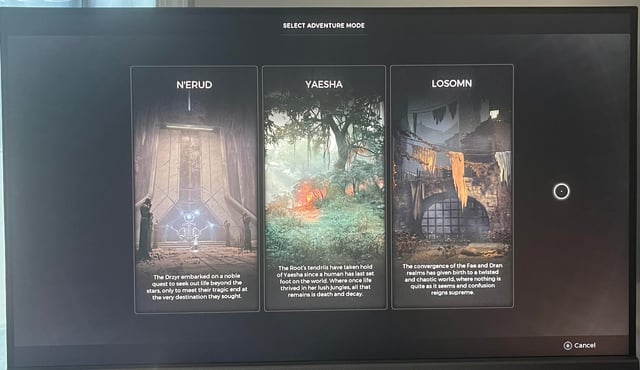
The game supports cooperative play seamlessly, allowing you to join or host games with ease. The Archetype system further enhances the co-op experience, encouraging players to experiment with different builds and roles.
The replayability of Remnant 2 is exceptional. The procedural generation, combined with the Archetype system and a vast array of weapons and mods, ensures that each playthrough offers a unique and engaging experience. I've already sunk dozens of hours into the game, and I'm still discovering new secrets and strategies.
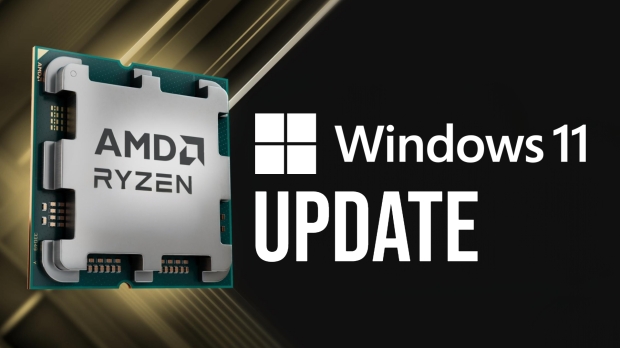
Conclusion: A Worthy Successor with Minor Hiccups
Remnant 2 is a worthy successor to Remnant: From the Ashes, building upon its predecessor's strengths and addressing many of its weaknesses. The Archetype system is a game-changer, providing deep customization and encouraging experimentation. The procedural generation adds a layer of replayability that is unmatched in the genre. The graphics are stunning, showcasing impressive art direction and environmental storytelling.
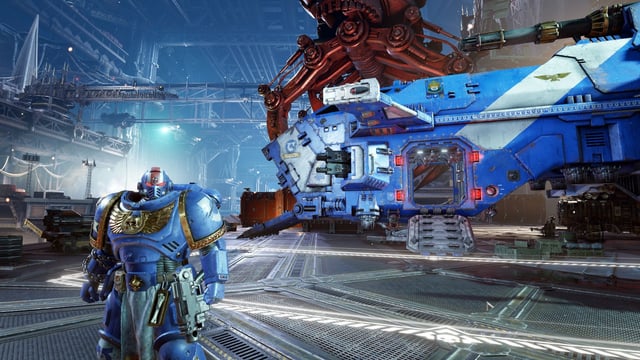
While the PC performance could use some improvement, particularly at higher resolutions, the overall experience is still exceptional. Whether you're a solo player or enjoy playing with friends, Remnant 2 offers a challenging, rewarding, and endlessly replayable experience. If you're a fan of Soulslike games, loot shooters, or just looking for a great co-op experience, Remnant 2 is definitely worth checking out. Just be prepared to tweak those graphics settings!